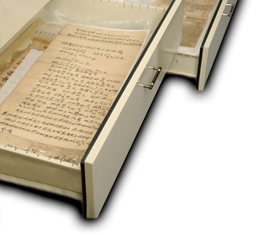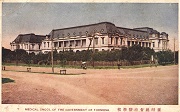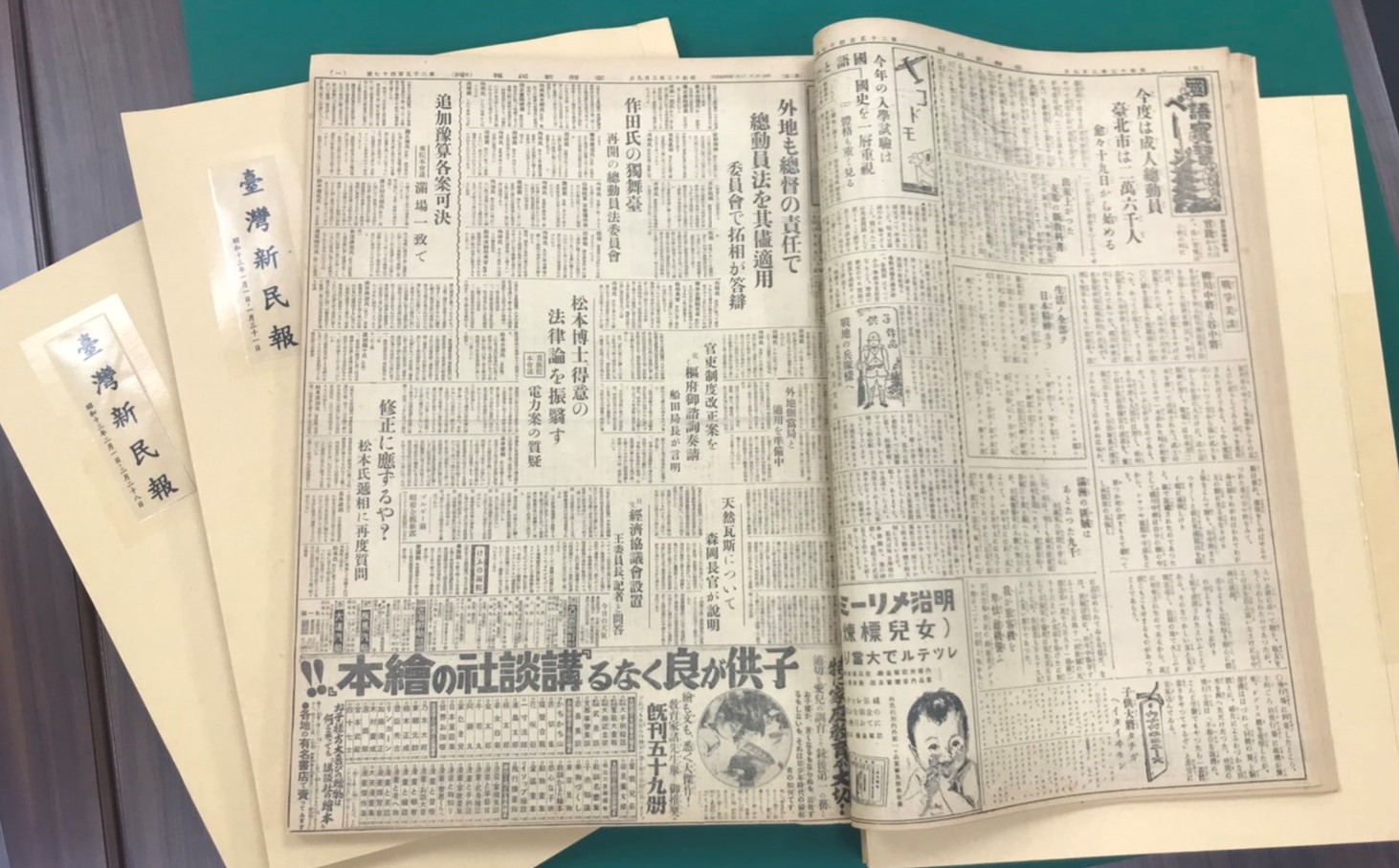
Publication date: 04 Jul 2022
Author: Lee Yi-ling |Staff member of the Archives of Institute of Taiwan History
The Taiwan Minpao, The Taiwan Shinminpo and the subsequent Kounan Shinbun (Kounan News) constituted the newspaper series published between April 1923 and March 1944. However, surviving copies of the daily published since 1932 were few. In view of the importance of this newspaper series, the Institute of Taiwan History began gathering remaining copies both in Taiwan and abroad, and discovered an exclusive collection of The Taiwan Shinminpo (1938-1941). The newspapers carried diverse contents, including political and economic affairs, local news, arts and new knowledge, which are rare and precious historical materials for research on Taiwan history during World War II.
Reviewing the daily newspapers published since April 1932, this article attempts to elucidate the layout format and language use as well as main contents and subject matters covered in the columns. Moreover, it further analyzes the particularity and variations in choice of contents as time evolved and the environment changed. This article provides an in-depth introduction to this newspaper of the Taiwanese, and invites you to read the newspaper and revisit major and minor happenings of Taiwan past.
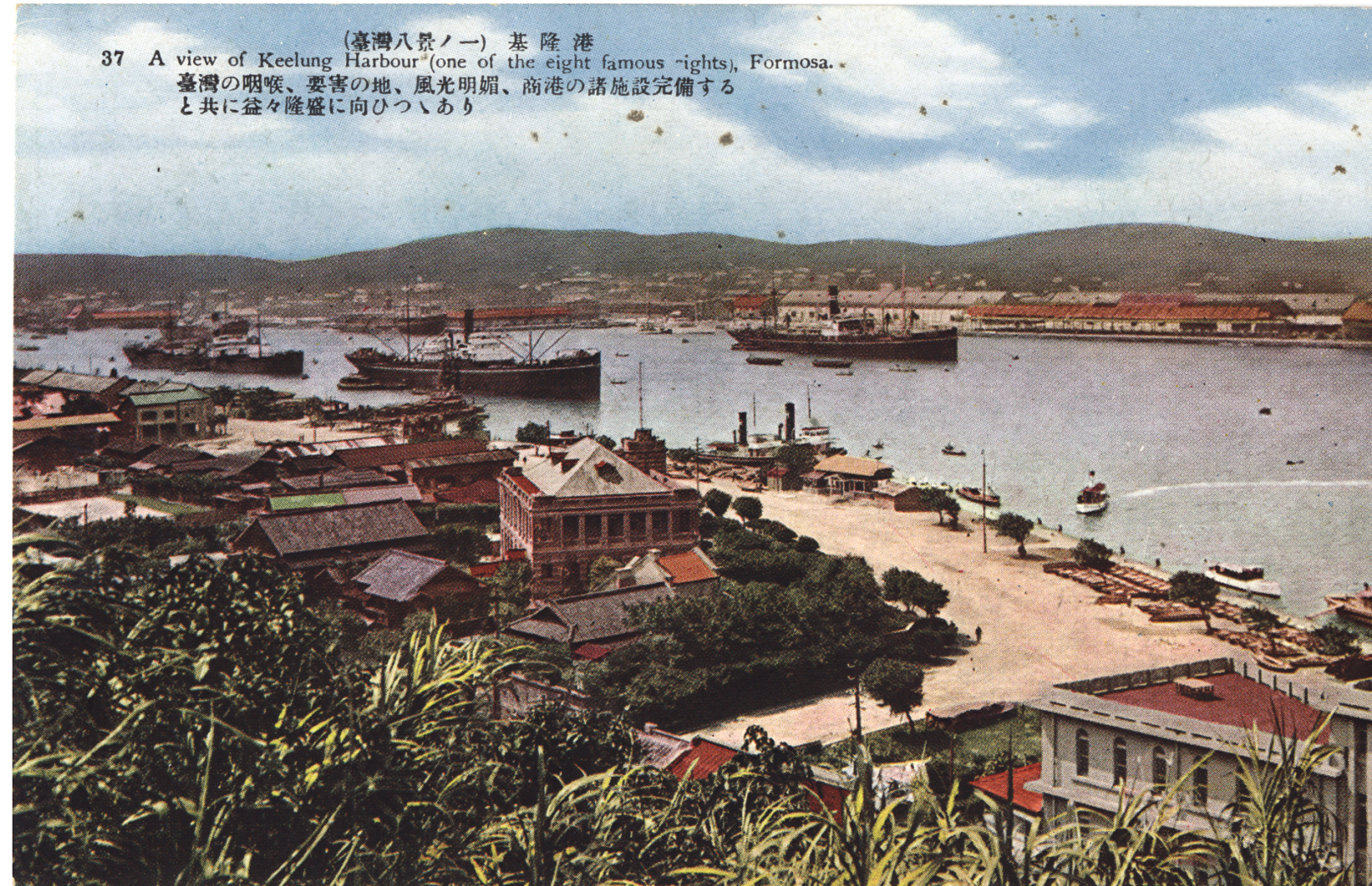
Publication date: 27 Oct 2022
Author: Lee Yi-ling, Chu Feng-chung |Staff member of the Archives of Institute of Taiwan History
The Institute of Taiwan History, Academia Sinica, in the years past unearthed a precious collection of the published works in 1938 – 1944 of “Taiwan Shin Min Pao” and its successor “Shing Nan News”, the only newspapers launched by the Taiwanese during the colonial rule of Japan. This piece goes through a selection of the accounts of travel that are of interest and, with the descriptions given by travelers from Taiwan and Japan to be complemented by such colorful collections as photographs, travel tickets, old papers, postcards and others, it invites you to read through the tracks of the travelers in question over tens of thousands of miles across Beijing, Manchukuo, the United States, Germany, Burma and Vietnam and discover the landscapes around a turbulent world in the midst of war from nearly a hundred years ago and the heart-felt worldviews of the travelers.
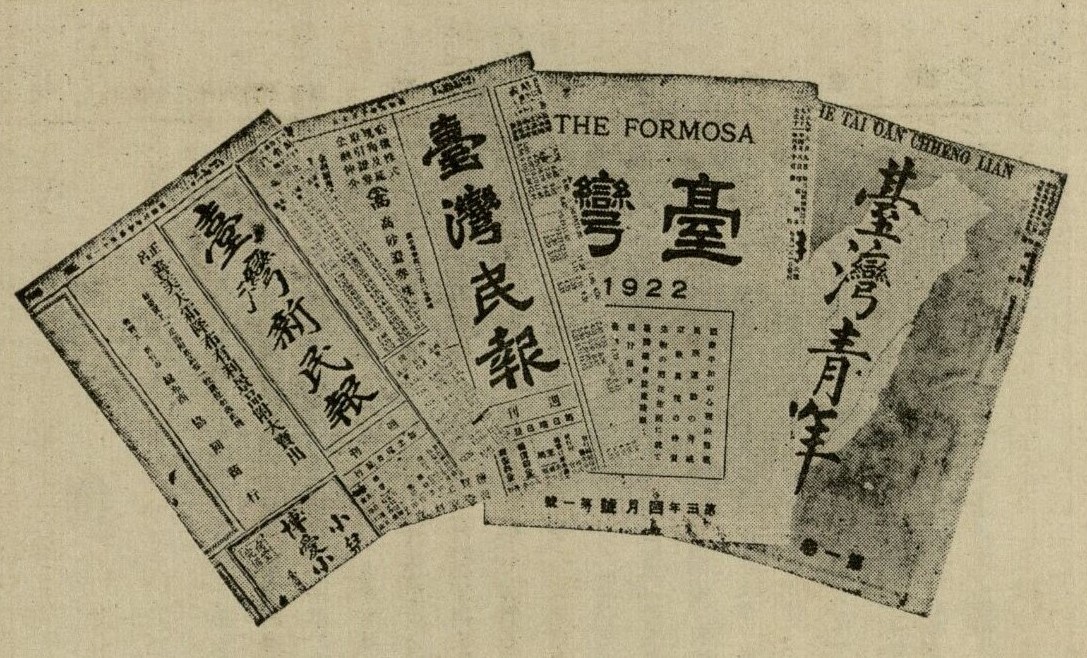
Publication date: 29 Oct 2021
Author: Lee Yi-ling, Hsieh Min-ro |Staff member of the Archives of Institute of Taiwan History
Yang Zhao-jia, one of the leading figures of the New Cultural Movement in Taiwan under Japanese rule, once said, “Newspaper and parliament are the two major driving forces for the promotion of civilization and social development.” Hence, the two core missions of the Taiwanese Cultural Association were running a newspaper and petitioning for the establishment of a Taiwanese parliament, which embodied their stand of unarmed resistance against colonial racism and had far-reaching impact on the enlightenment of Taiwan’s national consciousness.
2021 marked the centenary of the founding of the Taiwanese Cultural Association. In commemoration, the Archives organized a feature exhibition on The Taiwan Shinminpo, the only private Taiwanese-run newspaper during the Japanese colonial era. Selected collections of historical materials including personal documents, image data, diaries and passports were displayed and reviewed to illustrate that The Taiwan Shinminpo served to awaken and enlighten the people, boost national morale and propagate their political views to the public. Echoing the founding goal of the Taiwanese Cultural Association, The Taiwan Shinminpo opened a new page for Taiwanese to strive for democracy and freedom with a foothold in Taiwan and eyes looking at the world!
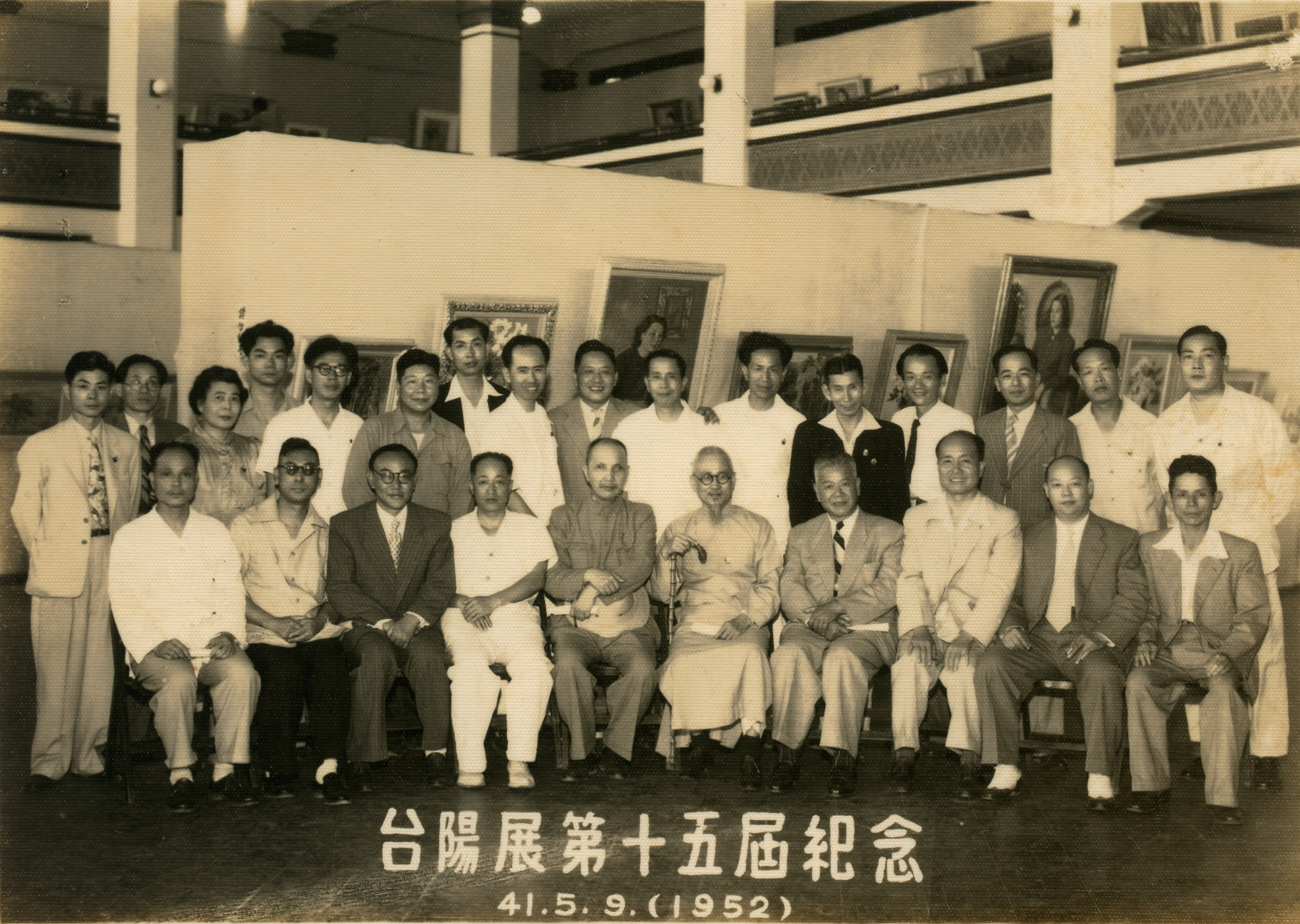
Publication date: 29 Jun 2021
Author: Jao Tsu-hsien |Staff member of the Archives of Institute of Taiwan History
A digital collection of archival documents has been in development over the recent years under the auspices of the Archives of Institute of Taiwan History, Academia Sinica. It includes the profiles of such artists from the preceding generations as Chen Cheng-Po, Yen Hsuei-Long, Chen Chih-Chi, Pu Tian-Sheng, Liu Chi-Hsiang, Kuo Hsueh-Hu in addition to papers of the nature of cultural patronage from Yang Zhao-Jia as well as private collections of works of calligraphy and painting and other historical materials. This article focuses on the activities of important artist groups that Taiwanese painters helped to create during the first half of the 20th century. Through selected private manuscripts, letters and documents, images, newspapers and magazines housed in the Archives, the exploration of interactions between various parties in the history of modern art - including individual artists, the painting groups and their patrons - reveals how the arts and society developing in parallel and prospering in unison!
